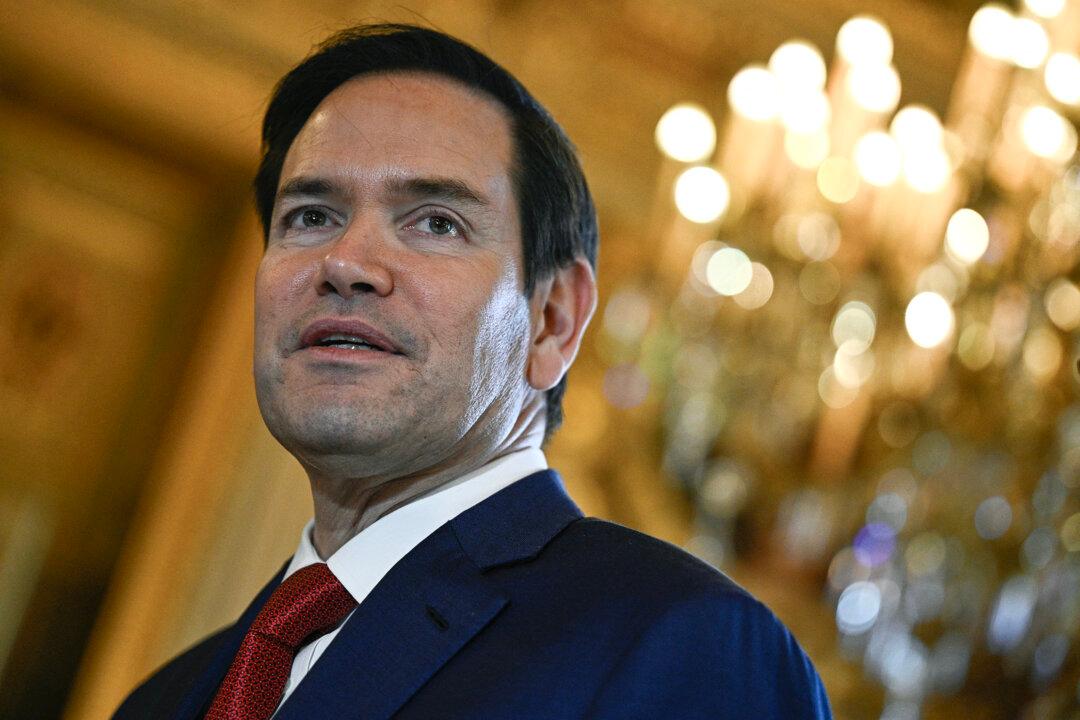Consumers are likely to feel inflation bite when they go Christmas shopping this year, with a new forecast from Salesforce estimating retail prices will rise by as much as 20 percent this holiday season compared to last year.
“Increased costs appear to be front and center this year for retailers, suppliers, and consumers,” Salesforce said in the forecast, which estimates that the retail industry in the United States will face an extra $233 billion in the cost of goods sold around Christmas.
Higher shipping costs, manufacturing capacity constraints, and a shortage of workers are chiefly to blame, the company says.

Retail products that saw the highest over-the-year price rises in August, the most recent month of available data, include women’s dresses (+11.9 percent), jewelry and watches (+12.9 percent), televisions (+13.3 percent). Most retail categories saw much lower price growth and, in some cases, declines.
Miscellaneous personal goods were up 7.5 percent over the year in August, photography gear was up 5.6 percent, and musical instruments were up 3.2 percent. Computer software and accessories fell 1.2 percent, infant apparel was down 1.4 percent, and audio equipment was down 6.7 percent over last year.
Beyond price pressures, customers are also likely to face goods shortages, Salesforce predicts.
“Bottlenecks at ports and skyrocketing container costs, two of the key pressures shaping the holidays, should cause consumers to be concerned about product availability,” the company said in the forecast.
Customers are already responding to anticipated shortages by heading out early, with pre-Cyber Week shopping up 6 percent in the United States compared to last year.
“With persistent global supply chain disruptions, retailers must draw consumers to their online and physical stores early in the season to fulfill demand and capture holiday spending,” said Rob Garf, vice president and general manager of retail at Salesforce.
Surging prices have been a key theme amid the economic recovery, rising faster than wages and eroding the purchasing power of Americans.





